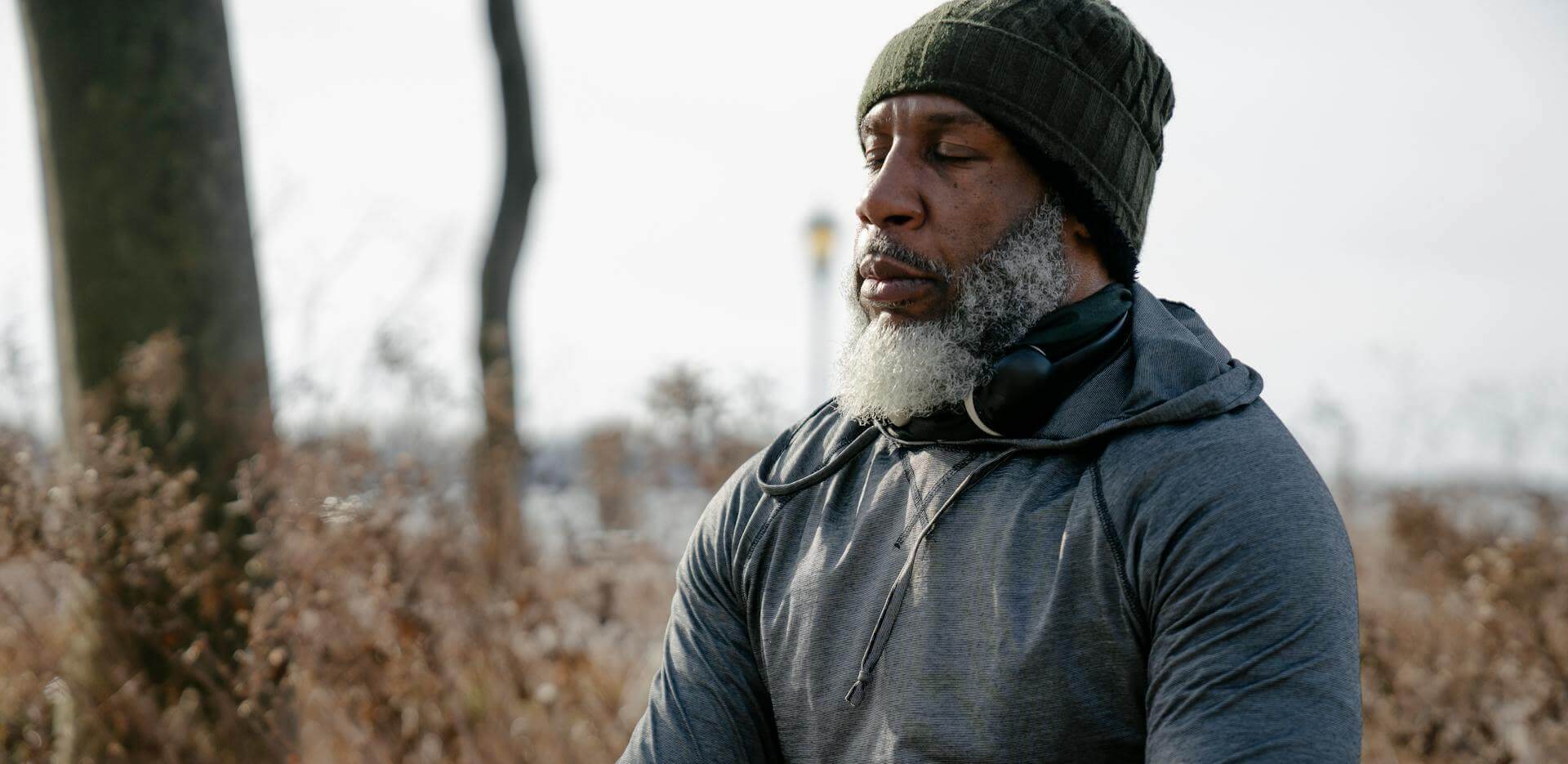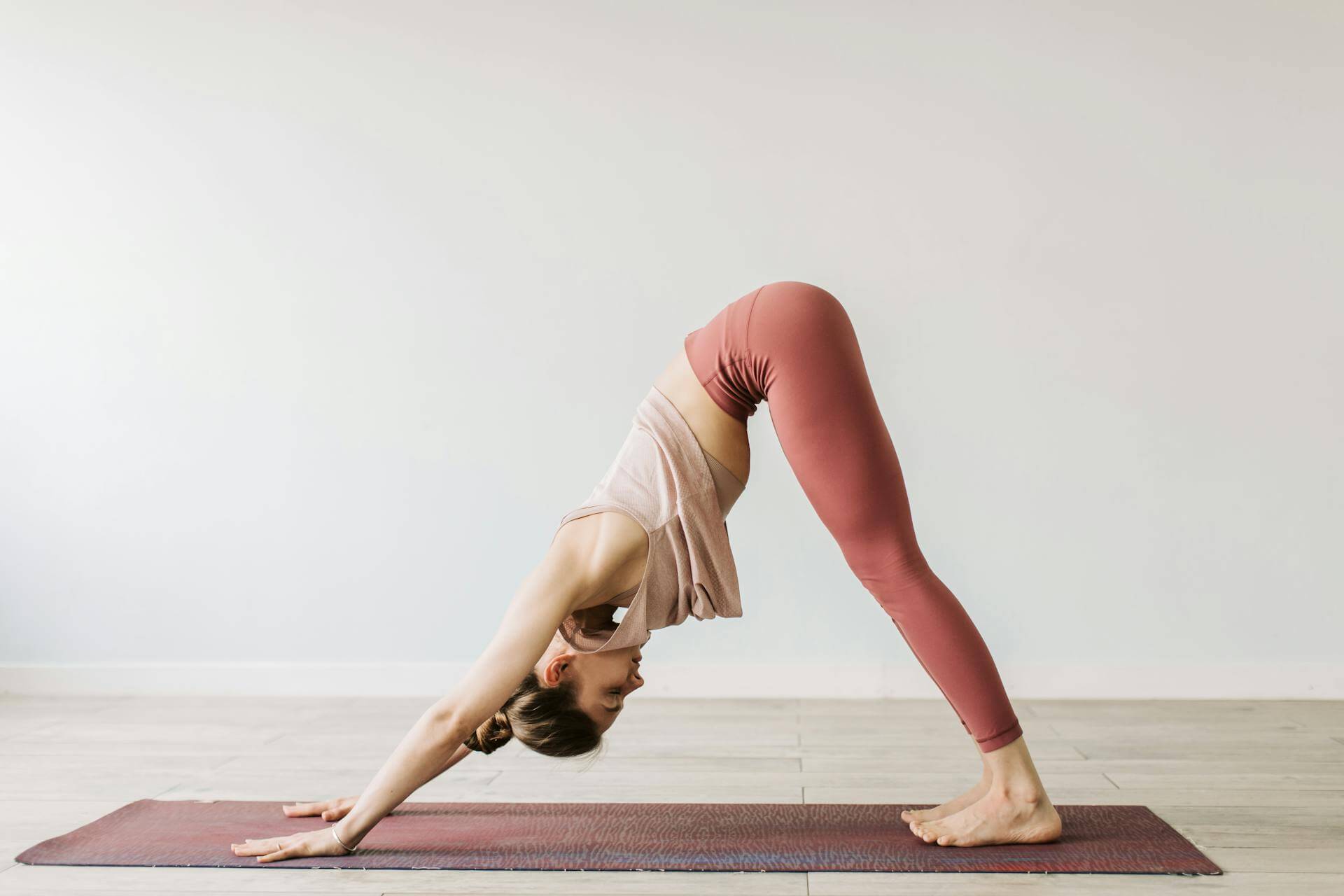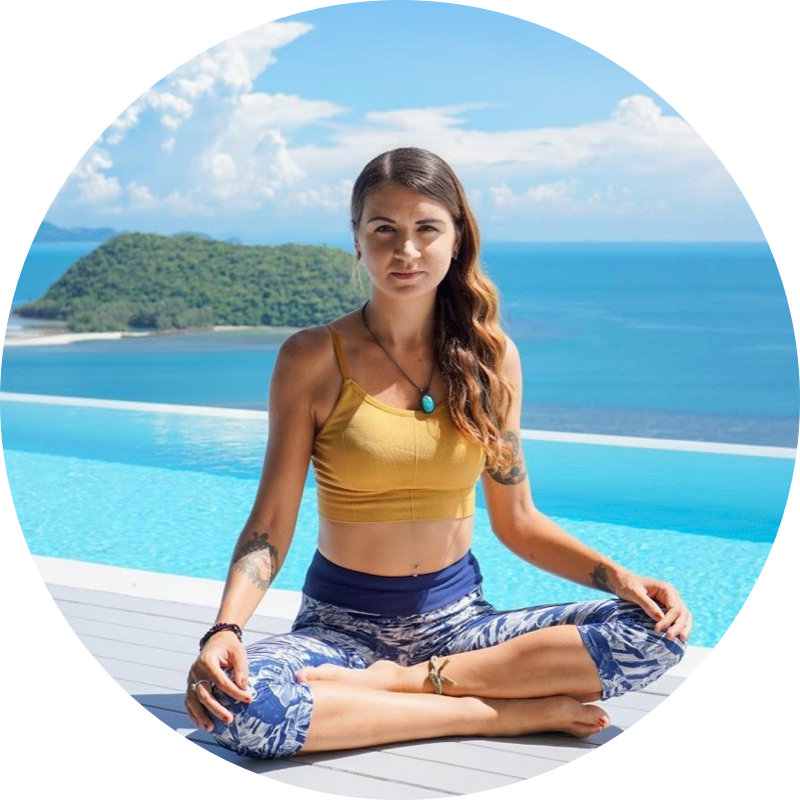
Winter & The Meridians: Yoga Poses to Balance the Kidney and Bladder Channels
Winter is a time of rest, restoration, and introspection. Love it or hate it, it's a season to conserve energy, and according to traditional Chinese medicine (TCM), one way to do this is by nurturing the kidneys. By incorporating meridian-focused practices into your classes, you can help your yogis align with their bodies' need for warmth, hydration, and restoration during this time of year.
And don't worry, you don't have to be a Chinese Medicine expert to work with this seasonal energy. You just need a little understanding of what the meridians are and how they work. During my Yin Yoga Teacher Training, I studied the meridians in-depth, and it has become a fascinating topic for me. I love weaving this ancient wisdom into my teachings, and I want to help you do the same. So, let's dive into how to nurture our (and our students) physical, emotional and energetic bodies through yoga this winter!
Winter: A Yin Season
Winter is considered a yin season in TCM. Yin energy is associated with qualities such as stillness, introspection, rest, and restoration, contrasting with the active, outward-focused nature of yang energy. While yang-style practices like vinyasa or power yoga can warm us up, focusing solely on these styles can deplete our energy reserves, which are naturally lower in winter.
Slow, grounding practices are incredibly beneficial during the winter as they support our body's need to conserve and replenish energy. Moreover, yin-style practices allow us to store more life force (jing) through the kidney meridian, one of the meridians associated with winter.
Understanding the Winter Meridians: Kidney and Bladder
In Traditional Chinese medicine (TCM), each meridian organ and element is linked to a specific season. Winter is associated with the water element (the most nourishing and essential substance for life), as well as the kidney and bladder meridians.
The kidneys are a yin meridian, while the bladder is yang. Paired together, they promote:
- Rest and renewal
- Conserving energy and warming the body
- Letting go of fear and fostering courage
Therefore, according to TCM, these are the qualities we should seek to nurture during the winter. Let's take a closer look at both winter meridians:
Kidney Meridian (Yin)
- Location: Starts at the sole of the foot, runs up the inner leg and through the torso, then ends at the collarbone.
- Represents: Storage of energy and essence (jing).
- Governs: Bones, ears, reproductive health, and overall vitality.
- Associated emotions (when in balance): Strength and willpower.
Bladder Meridian (Yang)
- Location: Starts at the inner corners of the eyes, runs over the head, down the spine, and along the back of the legs to the little toe.
- Represents: Distribution and elimination, ability to release toxins and maintain clear direction in life
- Governs: Fluids in the body and connection to the nervous system.
- Associated emotions (when in balance): Feeling supported and secure.
Yoga Poses to Target the Kidney and Bladder Meridians
As the kidney meridian is a yin organ, longer-held yin poses allow you to connect with the kidney's energy. More specifically, any poses stretching the spine (backbends or forward folds) or groin (hip openers) effectively stimulate and nourish the kidneys.
The bladder meridian is a yang organ, so slow, flowing movements like cat-cow or spinal waves help to activate this channel. Moreover, holding forward folds and stretching the legs can target the bladder meridian.
Yoga Poses For The Kidney Meridian
Butterfly Pose (Baddha Konasana)
This seated hip opener stretches the inner thighs and groin, stimulating the kidney channel along the legs. While holding this pose, focus on slow, deep breaths to connect to build your energy reserves.
Sphinx or Seal Pose
Sphinx and seal gently compress the lower back, stimulating the energetic kidney area at the lower spine. In this backbend, bring awareness to the lumbar spine and visualise energy flowing through the kidneys.
Forward Fold (Paschimottanasana)
This seated forward fold compresses the lower abdomen and stretches the kidney meridian through the legs. If holding for a long time, or if you have tightness in the hamstrings, use props to support you or keep your knees slightly bent.
Yoga Poses For The Bladder Meridian
Child’s Pose (Balasana)
This calming forward fold stretches the spine and activates the bladder channel along the back. While holding the child's pose, focus on grounding down into the earth and letting go of stress.
Standing Forward Fold (Uttanasana)
The standing forward fold stretches the bladder meridian along the back of the legs and spine. Relax your head and shoulders, surrendering your body to the ground while letting go of fear and tension.
Downward Dog (Adho Mukha Svanasana)
Downward dog is a full-body stretch that activates the bladder channel through the back body and legs. While holding in downward dog, visualise energy flowing from your head to your feet, along the bladder line.

Meridian-Focused Breathwork and Meditation
Breathwork and meditation are powerful tools for connecting with winter's yin energy, calming the nervous system, and nourishing the kidney and bladder meridians. Incorporating these techniques into your classes can enhance the restorative benefits of yoga during this season.
Kidney-Focused Breathwork
Deep breathing calms the mind, restores energy, and supports a sense of security and resilience, which aligns with the kidney meridian's function.
- Place your hands over your lower ribs and focus on long, deep inhales.
- Visualise the inhale, filling the kidneys with warmth and vitality. On the exhale, imagine releasing tension, fear, or stagnant energy.
Visualization for the Bladder Meridian
Meditation helps us release mental and emotional burdens, a process associated with the bladder meridian. Here's a short visualisation practice you can use in your classes:
- Close your eyes, relax your body, and visualise the bladder meridian running from the crown of your head, down the spine, to the soles of your feet.
- Visualise any tension or worry flowing gently down this line, leaving your body through your feet and entering the earth.
Additional Winter Sequencing Tips
While winter may be a yin season, both yin and yang movements can support the associated meridians of this time of year. Therefore, we should strike a balance between warming and restorative practices.
Yang-yin or 'flow and restore' classes target both winter meridians, helping your students connect with their inner world and restore balance.
- In the first half of the class, focus on dynamic movements and flows to stimulate the flow of qi (energy). Cat-Cow, Warrior I, and Low Lunge are excellent choices for building heat and targeting the kidney and bladder lines.
- At the midway point, transition to seated and reclined restorative poses to ground and replenish. Hold each pose for 2-4 minutes, depending on your students' experience levels.
Alternatively, you can implement longer holds in poses (particularly towards the end of the class) and longer breathwork practices such as diaphragmatic breathing or Nadi Shodhana. Adding slower transitions or moments of stillness between poses can also help honour the yin energy of winter.
Final Thoughts
By embracing slower, meridian-targeted practices, we can guide our yogis to slow down, rest, and restore, mirroring winter's natural rhythms. This will deepen your students' yoga experience, increasing their physical vitality and emotional balance during the coldest months of the year.


